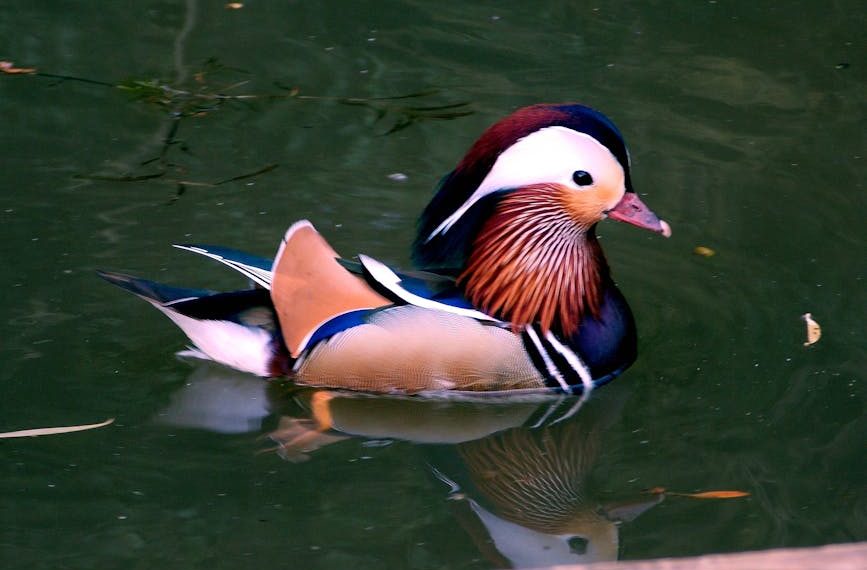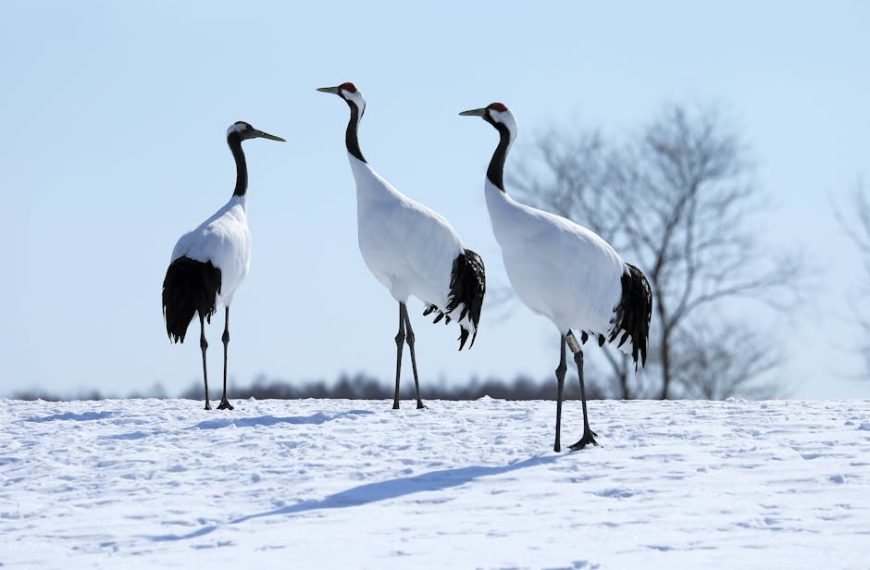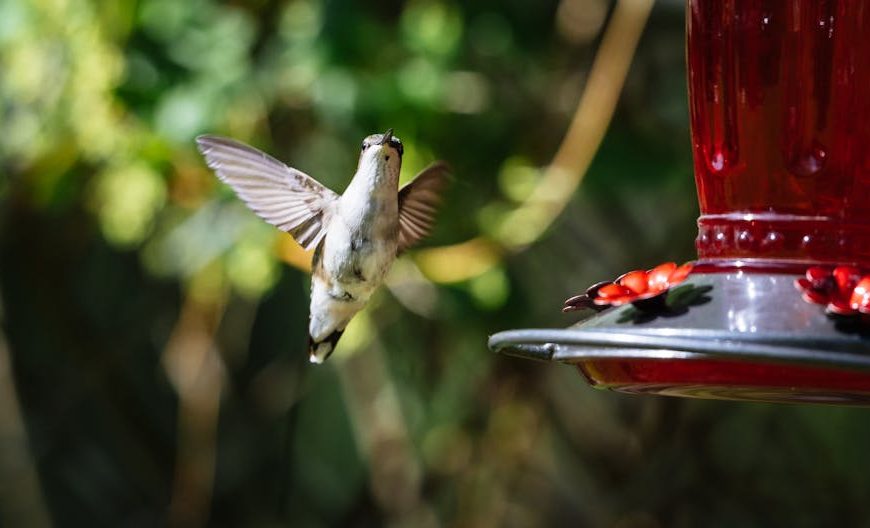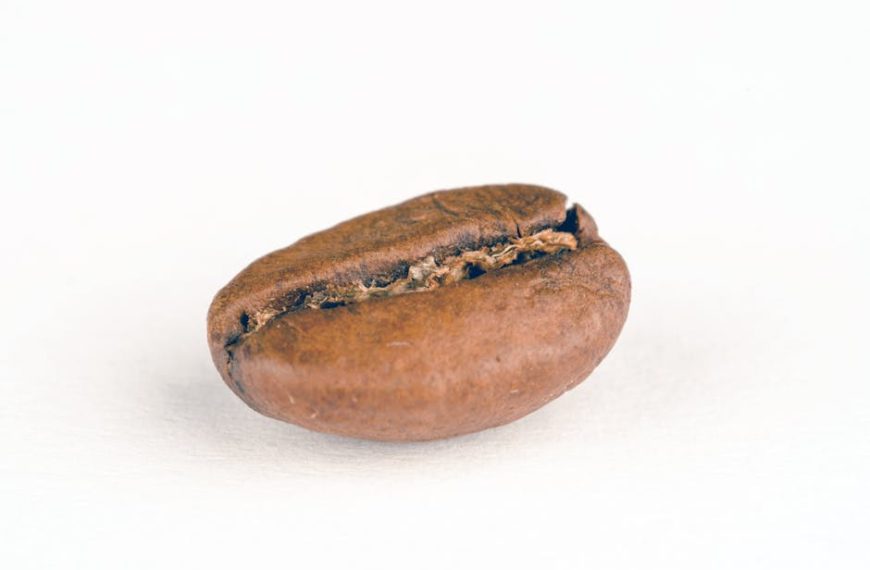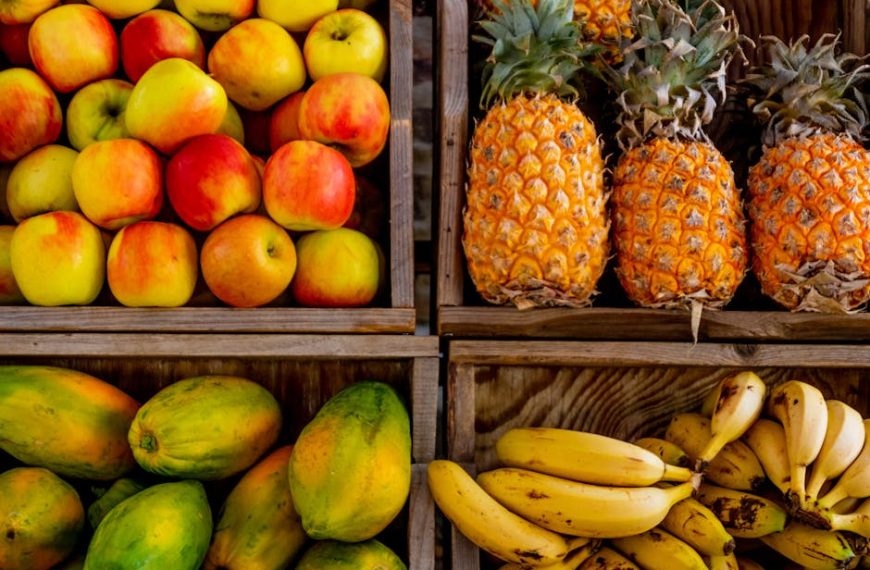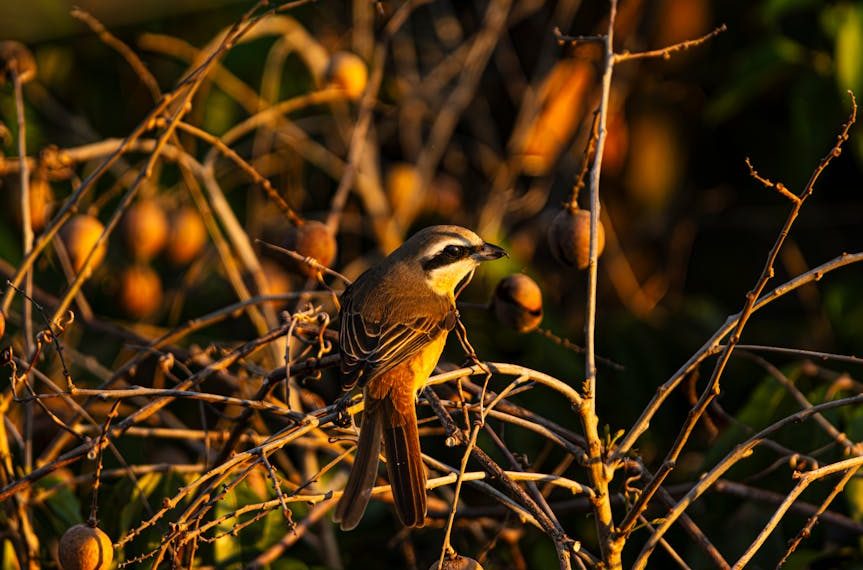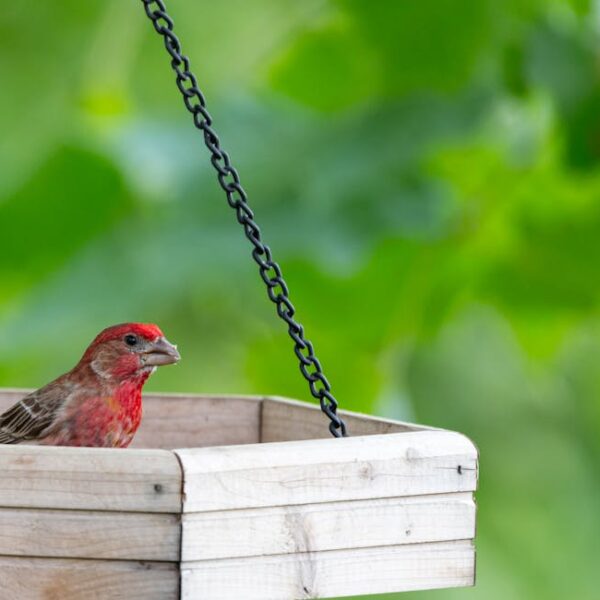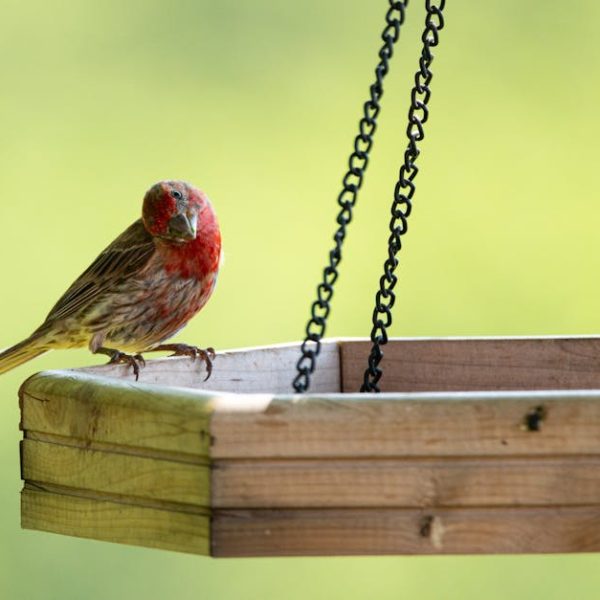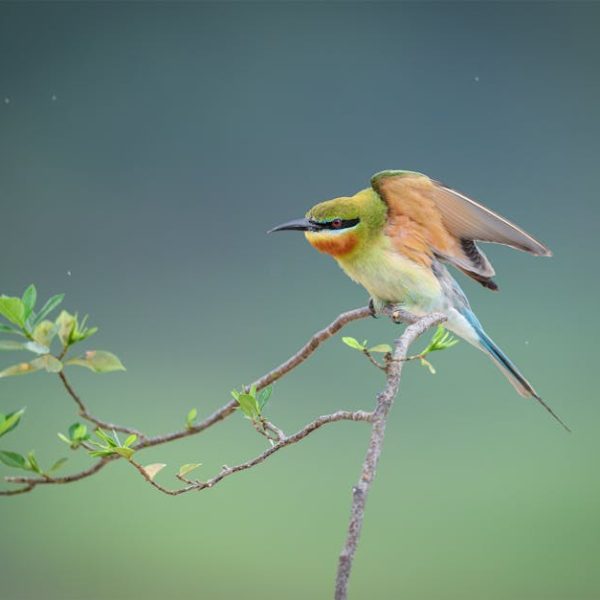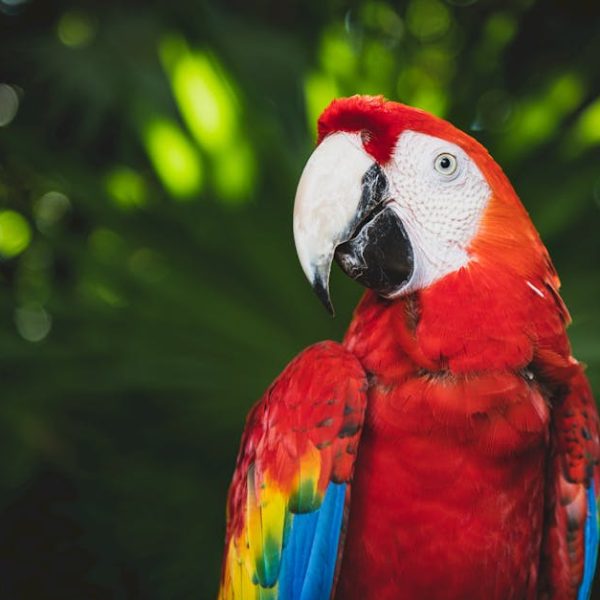If bird-watching is one of your hobbies, you may have noticed that several bird species have quite a taste for nuts. These crunchy delicacies not only offer birds a pleasant treat but also provide them with essential nutrients they need to thrive. Whether found in the wild or provided in backyard bird feeders, nuts constitute an important part of many birds’ diets. This article focuses on bird species that particularly love feasting on nuts, their distinctive feeding habits, various types of nuts found in their diets, and tips on attracting these delightful creatures to your garden.
Understanding Bird Diets:
Contrary to what some might think, not all birds have the same diet. Depending on the species, birds can feed on a range of food items from fruits, seeds, insects to small animals, and yes, nuts! Among the dietary components, nuts are unique as they offer a host of nutritional benefits, making them a popular food source for certain bird groups. They are a rich source of proteins, fats, vitamins, and carbs, which are an excellent energy resource during cold seasons.
Common nuts in bird diets include acorns, walnuts, hazelnuts, and peanuts, among others. And though you might be tempted to share your snack with these feathered friends, remember to stick to unsalted, uncoated nuts. Birds’ bodies aren’t equipped to handle the excess salt and sugar often found in our snacks.
The Nut-Cracker Group: Birds that Primarily Feed on Nuts:
Have you ever noticed how some birds display an undisputed preference for nuts? These bird species, let’s call them the Nut-Cracker Group, have unique feeding habits allowing them to crack open hard nutshells and extract the rich, fatty seeds locked within. Some of these nut-loving birds include woodpeckers, jays, and nuthatches.
Encouraging these birds in our surroundings adds a new dimension to bird-watching. An effective way to do this involves setting up bird feeders filled with the right types of nuts in your backyard or local park. But do remember, feeding these birds with nuts should supplement their natural diet, not replace it.
Comparing nut-eating birds with others, it’s evident that their dietary habits significantly influence their behavior and lifestyle. Nut-eating birds, due to their high-fat diet, tend to be more energetic and can endure colder climates better than their insect-eating counterparts. However, their dependence on nuts also makes them more susceptible to changes in nut supplies, which can affect their migratory patterns and reproduction.
Why Certain Birds Feast on Nuts: The Nutritional Benefits:
Birds that are fond of nuts do so because nuts are nutrient-dense foods. These tiny power packs are crammed with proteins, healthy fats, and vitamins that are crucial for the birds’ health and survival. Protein is vital for their growth and tissue repair, fat provides a concentrated energy source, and vitamins are essential for various biochemical processes in their bodies.
Feeding birds with the right types of nuts can boost their health significantly. For instance, almonds, peanuts, and walnuts are high-quality sources of proteins and fats, which can bolster the birds’ immunity and help them withstand harsh weather conditions. Of course, ensuring these nuts are raw and unsalted is paramount to providing a healthy diet to these birds.
Noteworthy Nut-Eating Bird Species:
When it comes to nut-eating birds, a few species certainly stand out due to their conspicuous love for this crunchy treat.
Woodpeckers, for instance, are renowned for their nut-cracking ability. This ability comes from their robust beak, perfect for pounding into hard shells to get to the nutty goodness inside. They are particularly fond of acorns and walnuts.
Nuthatches, so-called due to their habit of wedging a nut in tree bark and then hammering it open, are also passionate nut-eaters. They are commonly seen gobbling down sunflower seeds and peanuts.
Jays, both blue and Steller’s, have a diverse diet but show a clear liking for acorns and peanuts. And it’s impossible to skip chickadees, adorable little creatures that relish sunflower seeds and peanuts.
| Bird species | Preferred nuts | Typical Region |
|---|---|---|
| Woodpecker | Acorns, Walnuts | Worldwide |
| Nuthatch | Sunflower seeds, Peanuts | Northern Hemisphere |
| Jays (Blue and Steller’s) | Acorns, Peanuts | North America |
| Chickadees | Sunflower seeds, Peanuts | North America |
Attracting Nut-Eating Birds to Your Garden:
Having these nut-eating birds in your backyard can be a delightful sight. But how do you attract them? A critical first step is providing a variety of nuts in bird feeders. Remember birds have preferences too! Some may be attracted to smaller nuts like sunflower seeds or peanuts, while others might enjoy the challenge of cracking larger nuts like acorns or walnuts.
Engage in best practices such as providing fresh water, cleaning feeders regularly, and creating an environment that’s free of predators. A mixture of trees, shrubs, and open spaces would create a hospitable habitat for the birds.
And here’s a pro tip: position your feeders in a quiet spot, preferably near trees or shrubs. This gives the birds a quick escape route if necessary, making them feel more comfortable. Also, bear in mind that bird feeders should be refilled regularly, particularly during early mornings and late afternoons when birds are most active.
Bird watching can be a great way to connect with nature. Observing the feeding habits of nut-eating birds can offer hours of captivating, educational, and relaxing pastime. Now that you’re equipped with all this knowledge, it’s time to invite these amazing nut-cracking virtuosos to your garden. Happy bird watching!
Key Takeaway:
- Several bird species, known as the ‘Nut-Cracker Group,’ relish nuts, gaining essential nutrients like proteins, fats, and vitamins vital for their survival.
- Nuts such as acorns, walnuts, peanuts, and hazelnuts form a significant part of their diet.
- Nut-eating birds generally exhibit more energy and can survive harsh weather better than other species.
- Notable nut-loving species include woodpeckers, jays, nuthatches, and chickadees, among others.
- Certain practices like offering a variety of unsalted, raw nuts in bird feeders and maintaining a predator-free zone can attract these nut-eating birds to your garden or backyard.
Bird-watching is an engaging pursuit that provides an opportunity to appreciate and understand nature’s diversity. Whether you’re a seasoned bird watcher or a budding enthusiast, understanding the dietary preferences and habits of these adorable creatures can enrich your whole experience. So, go ahead, set up that bird feeder, and enjoy the sight of these nut-loving birds right in your backyard.
FAQs
Q: How can I attract more nut-eating birds to my backyard?
A: Providing a variety of raw, unsalted nuts in bird feeders and maintaining a predator-free, bird-friendly environment with access to fresh water and shelter can draw more nut-eating birds to your area.
Q: Are all nuts safe for birds?
A: While many nuts are safe and nutritious for birds, it’s crucial to offer them raw and unsalted varieties, as birds cannot handle the excessive salt and sugar often found in human snacks.
Q: Can I give salted or roasted nuts to birds?
A: No, only raw, unsalted nuts should be offered to birds. Salted or roasted nuts can be harmful to them.
Q: Why do only some bird species eat nuts?
A: Nut-eating birds have distinctive feeding habits and physical characteristics, such as robust beaks and strong jaws, that allow them to crack open hard nutshells and consume the seed inside.
Q: What are the benefits of nuts for birds?
A: Nuts are rich in proteins, fats, and vitamins that are beneficial for birds. They act as an excellent energy source, especially during colder seasons.
If you found this article helpful, feel free to share it and continue exploring more insightful posts on our website.

